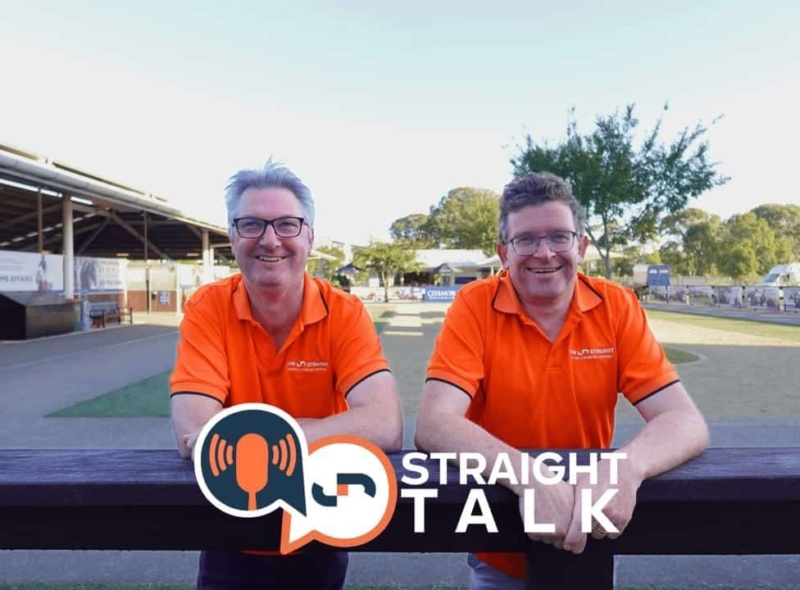
25 October 2025
3 July 2025
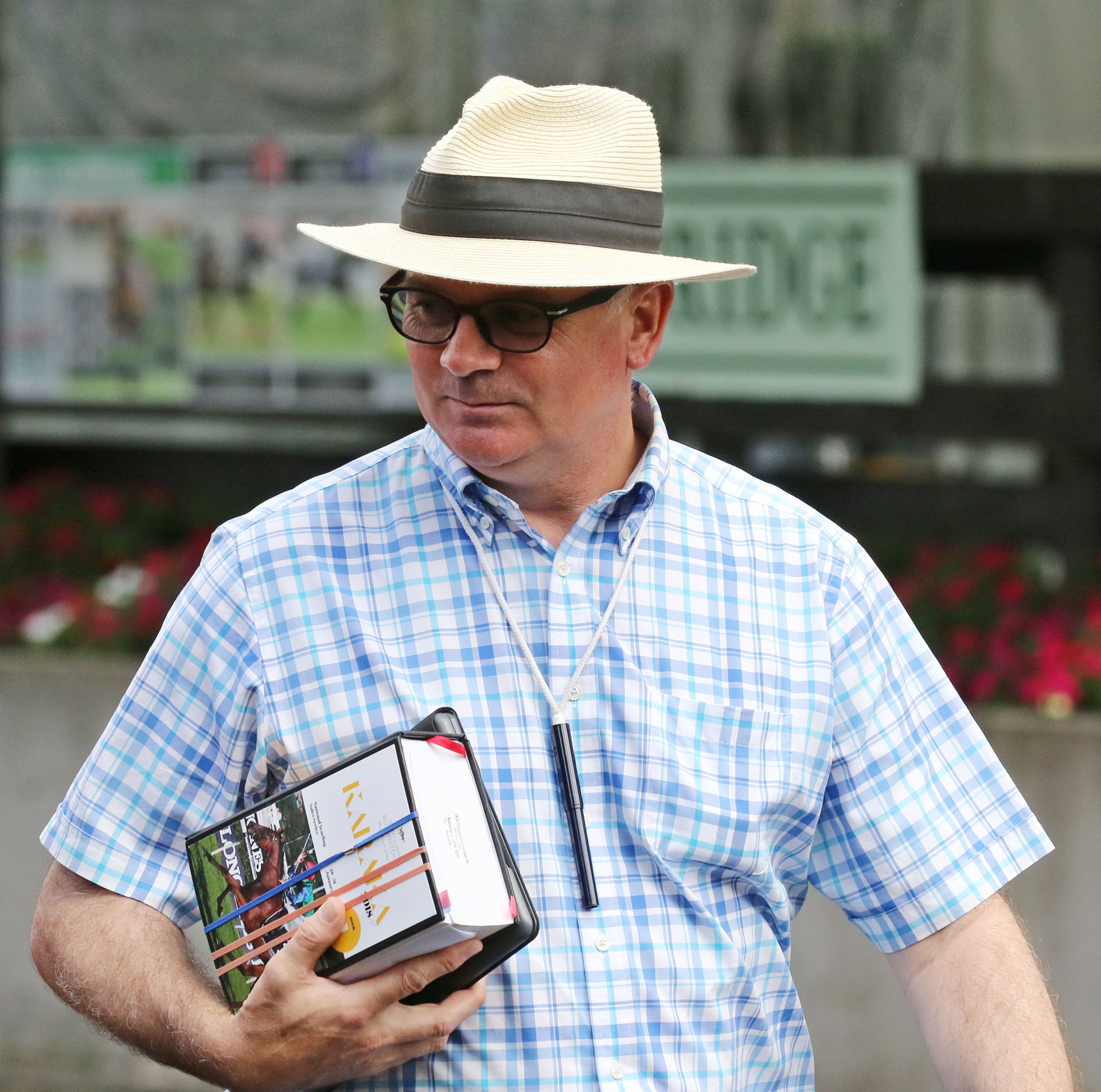
Jump to Duncan’s comments.
Australian owners have embraced the European stayer in ever-growing numbers, drawn by the promise of quick success and proven staying prowess. But with imports doubling and some measures of results plateauing, it’s time to ask: are we buying in proven performance – or fuelling a costly cycle?
Australian owners chasing European bred horses to run in Australia’s premier staying races is on an upward trend, so much so that the Racing Australia Fact Book reports that imports from Europe have doubled in the last eight years from 300 horses per year to over 600 horses per annum.
Some in the industry may glance at the data and shrug – 600 imports a year hardly seems significant in a population of 19,000 racehorses.
But raw numbers only tell part of the story. What matters is performance. These imported horses dominate staying races across the season and seem ever-present in city meetings and carnivals. But are they truly outperforming, or does perception outpace reality?
Instant gratification
The appeal is clear: performance, and above all, a short timeframe from acquisition to raceday. Imports offer owners a fast-tracked pathway to stakes racing, bypassing the slower development curve of local yearlings.
“Racehorse owners want instant gratification by buying these imports. They spent the money on them because three months later they are running in group races. They don’t want to wait, they are prepared to pay highly for a ready-to-go import, but won’t pay a similar amount to wait and develop a yearling,” said Coolmore’s Colm Santry.
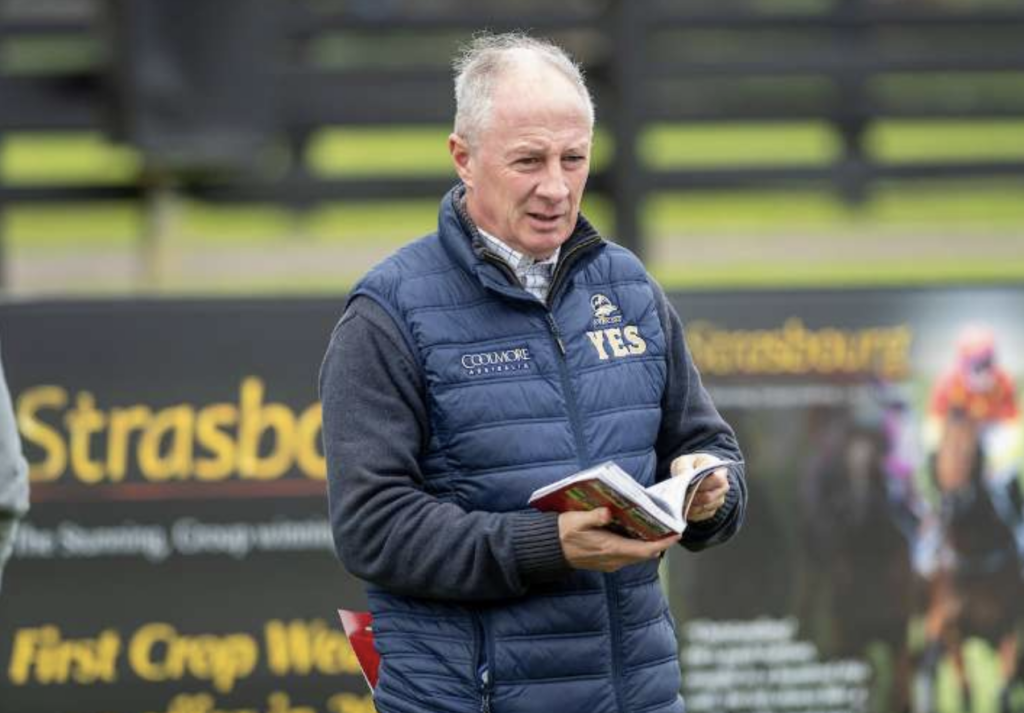
“Impatience is also why our stallion market only wants five and six furlong horses. I’m not against these speed horses, we stand plenty of them at Coolmore, but we should have both.
“We should have a healthy two and 3-year-old racing program that caters for a wider population so a higher percentage of the foals can achieve their optimum performance. We need a platform for all of them.”
Santry spoke on this issue here.
The evolution of the stayer
Twenty years ago, Makybe Diva (GB) (Desert King {Ire}), who was imported as a foal at foot with her dam, won her third G1 Melbourne Cup. Since then, Australian and New Zealand bred horses have won seven Melbourne Cups. A Japanese bred horse won one, and an USA bred won one, leaving 11 of the last 20 won by European bred horses.
An Australian bred, Knight’s Choice (Extreme Choice) won the 2024 G1 Melbourne Cup, so it’s not impossible for a local to succeed here with Australian and New Zealand-bred horses winning 35 per cent of the last 20 Melbourne Cups.
“Australia has developed one of the richest open racing jurisdictions in the world, however, at the same time, the commercial racing and breeding industry has become very heavily focused on sprint racing for two and 3-year-olds,” continues Santry.
“Stallions that can sire the winners of Group 1 races in those categories currently drive the economics of the breeding industry. And Coolmore has horses like Shinzo, Switzerland, Home Affairs, and Wootton Bassett to meet this part of the market.
“Over time, owners and bloodstock agents have seen the lack in our commercial market and race programming for young stayers, and have realised that there is a possibility for a better return by importing mature stayers to chase the prizemoney at that end of our racing.
“What started small has now become excessive. It is hard to quantify but hundreds of millions of dollars have been lost to our breeding industry, leaving our economy to purchase foreign horses. We are not only losing a massive amount of investment, but we are also exporting jobs (for breeding staff). Overall, this has a detrimental impact on the local breeding industry and flows into the Australian economy.”
Import data over time
What began as a handful of European trainers sending targeted runners to chase Australian prizemoney has evolved into a major trend. Today, most leading Australian stables regularly attend Europe’s tried horse sales, sourcing proven stayers to on-sell to local owners with Melbourne Cup ambitions. But just how big has this trend become – and what does the data actually show?
Between July 2020 and August 2024, more than 11,500 horses were imported into Australia. Over the four years, 4352 were not brought in for stud duties (aka, geldings), and 759 of those were European-bred, making up 17 per cent of the racing-focused imports. New Zealand remains the dominant source, accounting for 73 per cent of all non-stud imports, primarily arriving as yearlings and 2-year-olds.
In the eight years covered in Racing Australia’s 2023/24 Fact Book, the import data shows growth in real terms – from 334 horses arriving from Europe in 2016/17 to 634 in 2023/24.
European-sourced horses have doubled their share of the entire import market in eight years. In 2016/17, horses arriving from Europe made up 13 per cent of all imports, while in 2023/24, that had risen to 28 per cent of all imports. This has seemingly impacted on the New Zealand market too, with a sharp fall in the number of imports from across the ditch.
“I think we should treat imports from New Zealand as part of our local product, and then if you look at the last Melbourne Cup and Brisbane Cup, both were won by domestically bred horses, despite the weight of imports in the fields for those two mile events,” said Duncan Ramage.
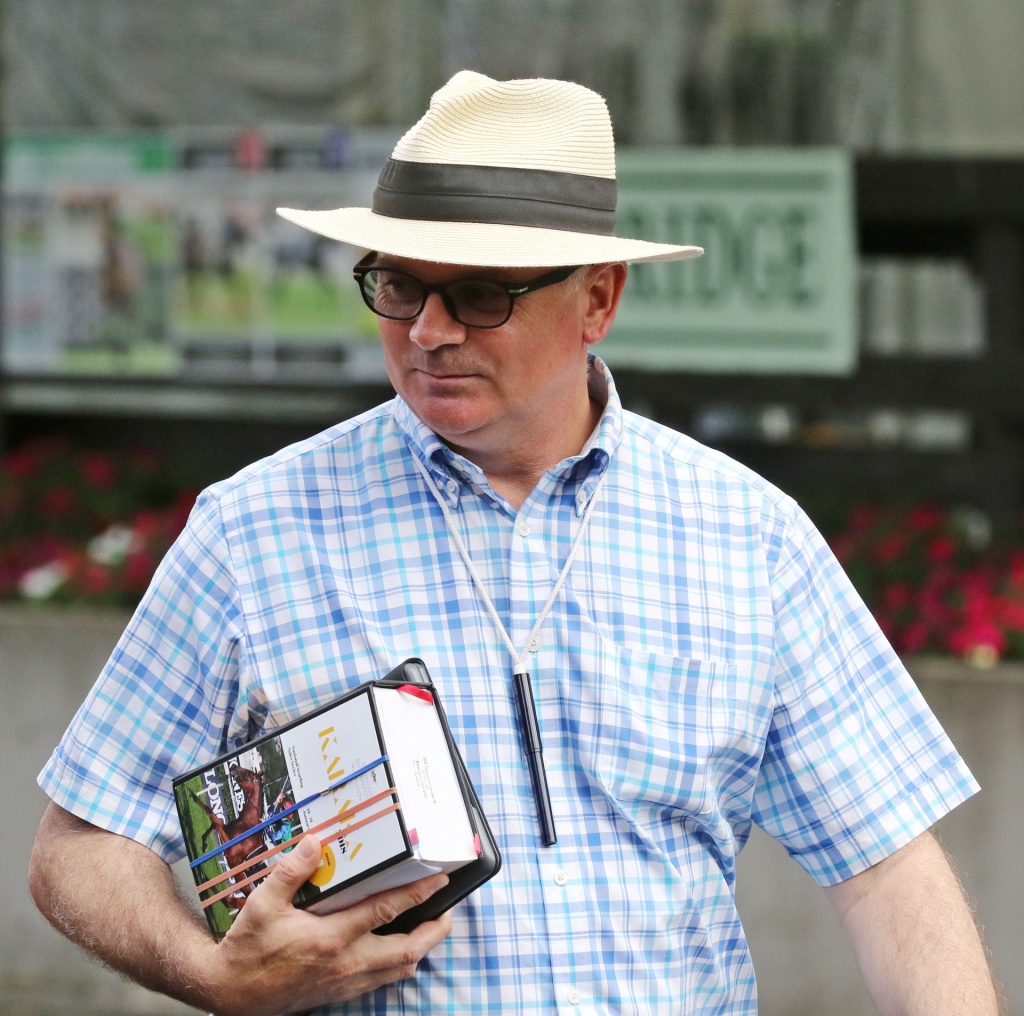
The G1 Melbourne Cup in 2024 was won by Knight’s Choice and the last two G2 Brisbane Cups went to local horses with Campaldino (NZ) (Ghibellines) winning in 2025 and Alegron (Teofilo {Ire}) winning in 2024. In the 2024 Melbourne Cup, only eight of the 23 runners were born in Australia or New Zealand. The 2025 Brisbane Cup was more evenly spread with six local horses among the 11 runners, and it was similar in 2024.
“We are happy to dream that we can produce these types of horses here,” Ramage said. “We have imported horses in the past for clients and been successful, but we prefer the uphill model of domestically produced horses. One of my major clients, Think Big Stud, is very proud that over the last ten years we haven’t had any external revenue stream, it’s all been income from prizemoney and horse sales. I think like a business person, and we don’t have any discretionary spending.
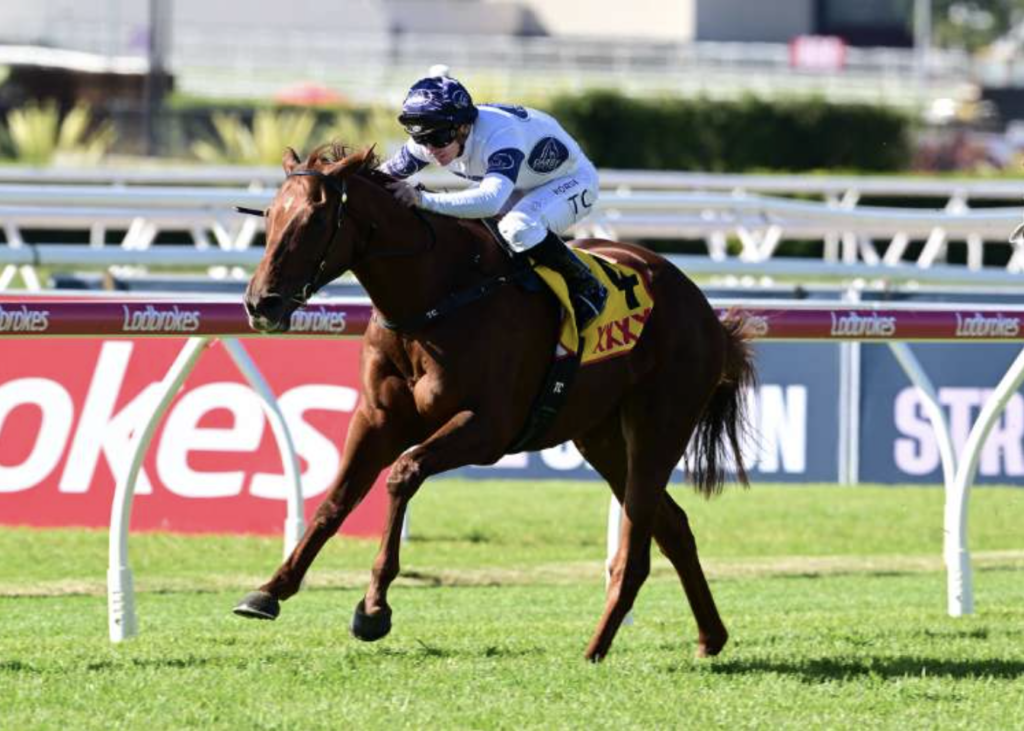
While the raw number of European imports is relatively modest, their concentration in elite staying races gives them outsized visibility, and raises real questions about their long-term impact on the domestic breeding and racing landscape.
“One of the big discussion points in racing is the dropping foal crops, the falls in turnover and related loss of revenue,” continues Ramage.
“One area of revenue for the government is GST. It’s basically a free hit from racing with most people not qualifying for GST. Horses who are here from birth to 3-year-olds are spending all that GST on service fees, agistment, veterinary costs, and imports don’t have any of that spend here.
“Imported horses arrive here at four or five and the GST on import wouldn’t come close to the GST generated here by breeding local horses. There is a whole ancillary box of economic benefits generated by breeding locally.”
Performance data over time
Using the race season data from Arion Pedigrees, in the 2015/16 season, there were 301 European-bred runners with 32 individuals winning 39 stakes races. This season, to date with one month to go, there have been 633 European bred runners, and of those 39 individuals have won 57 stakes races.
And then there are the temporary visitors such as Lake Forest (GB) (No Nay Never {USA}), who came here for one start, winning the $10 million Golden Eagle.
“It’s worth noting that William Haggas and his wife Maureen, two of the shrewdest operators in Europe, have plundered down under. From only 29 starts, they’ve accumulated over $15 million in prizemoney here which shows the opportunity,” said bloodstock agent Will Johnson.
“The shallow pool of talent in Australia running over those middle distances is on show if an English trainer can come down here and successfully swindle $15 million out of the country. A pat on the back to the couple for doing so, but it asks another question. Why are we putting on huge prizemoney races for internationals to raid if we want that money reinvested in our breeding industry?”
In the past 10 years, the number of runners in Australia born in Europe has doubled, but the number of individual stakes winners has not doubled – it has gone from 32 individuals to 39 individuals – probably to be expected, as they become their own competition dominating certain race fields. This means that more owners are buying more horses to chase the same pots.
Via Sistina cost 2.7 million gns (AU$5.8 million) at the 2023 Tattersalls December Mare Sale, and she’s now earned over $12.9 million on the track, but she is the very elite of the group of imports with eight Group 1 wins in Australia and one in Ireland prior to her sale. And she was priced accordingly.
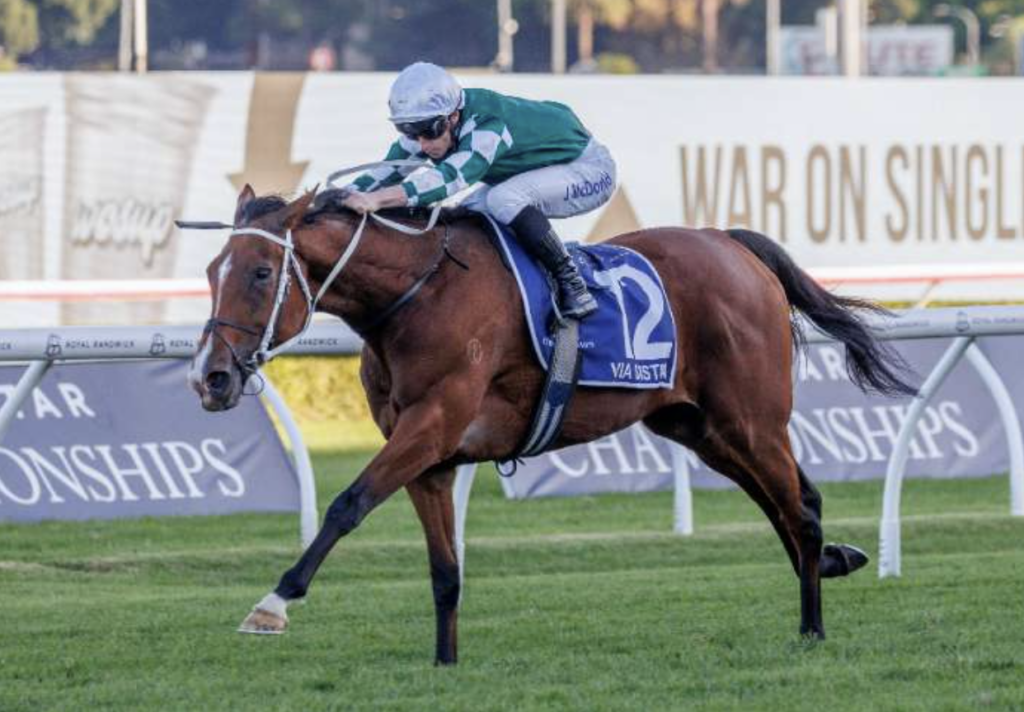
Prizemoney in Australia has surged over the past decade, making direct performance comparisons more complex. However, looking at their share of the total pool provides clearer insight. European imports now earn 7 per cent of all prizemoney, up from 4 per cent a decade ago, but that growth has come with twice the number of horses and at a significantly higher cost (which we’ll explore tomorrow).
With most imports ineligible for 3-year-old races, it brings us back to growing concerns around the development of local staying talent and the long-term sustainability of the industry.
“With most imported horses ineligible for 3-year-old races, we need to build more of this racing and have good pathways into our Classic races. At the moment, we have too many maidens running in Derbys and Oaks as an afterthought,” said Santry.
“We need to think about prizemoney for the Classics on the way through. American Pharoah has sired the last two Victoria Derby winners and he’s unloved here. So You Think, we’ve talked about. We can breed these horses, but we don’t develop them properly and owners don’t want to wait.
“If we put more prizemoney and thought into a proper 3-year-old racing program, we can build the seed to grow into something better that keeps more money local, and the flow on effect to local businesses will also grow.”
In Part 2 of our import series, we’ll turn to the financial side of the story – exploring what these imports cost to purchase and race, and considering how that spend could impact the local industry.
Article c/o TTR Aus/NZ – written by Renee Geelen